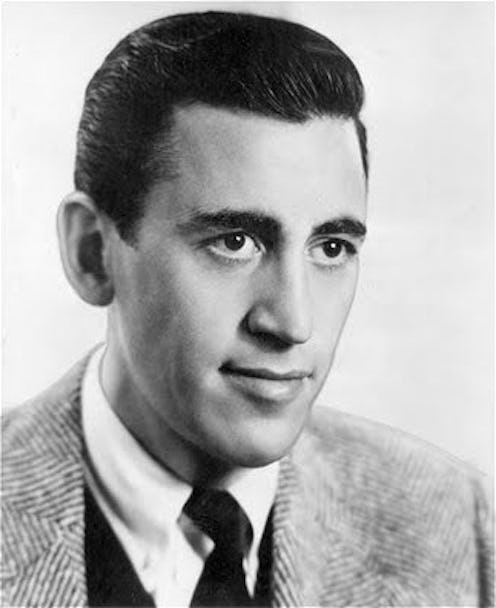Books
Salinger Has a New Book, But I'm Afraid to Read It

Now that three of J.D. Salinger's first short stories have been released in a new book, titled simply Three Early Stories (perhaps in the spirit of his short story collection Nine Stories?), fans everywhere are pretty excited. The stories were each previously published in literary magazines in the early 1940s, before Salinger became well-known, so they've all been out of print for more than 70 years, meaning most people today have never gotten the chance to read them. With the Salinger estate so far giving no official indication that they'll be releasing new Salinger works, this new book is cause for major excitement. But as a major Salinger fan, I find myself feeling not so much excited as ... afraid.
I fell in love with The Catcher in the Rye in high school, and by the end of my freshman year of college, I'd read every book Salinger had ever published — all four of them. Closing the final page of Franny and Zooey, knowing that there wasn't any more Salinger out there to find, was extremely frustrating. And even though those four slim volumes occupy a special place on my bookshelf, I've always wished that they had more company. And yet now that there's a new book that might join them, I find that I'm actually pretty hesitant to go check it out.
The thing is that over the years a mythology has built up around Salinger, the genius who captured America's heart with Holden Caulfield and the Glass family, whose works have been relatable to teenagers in every generation, well into the 20th century. He's the man who made the public yearn for more, more, more, and instead withdrew from the world, leaving us with just four short books. And those books are amazing. I mean, I could write you a dissertation on how his female characters aren't given a fair shake and treat you all to an impassioned speech about the sexism in Franny and Zooey, but still. Those books are awesome. I mean, just the voice in "Raise High the Roof Beam, Carpenters" ... it's the stuff of legend.
And all of this raises a terrifying question: What happens if new writing comes out and it doesn't live up? What happens if it's — dare I even say it? — bad? These three stories in the new book were written early in Salinger's career. Plus Salinger himself said that he didn't want his uncollected works republished. So what happens if this latest book lets me — and all of his fans — down, or even changes the way I think about Salinger as a writer? What then?
The question is especially fraught given the accounts that after Salinger's death, the manuscripts he'd written in his years as a recluse were recovered and that his estate may be planning to publish them over the course of the next few years. So what is a Salinger fan to do if these works fall flat; if the writer we've revered all these years turns out to have produced a series of mediocre manuscripts? Or even more complicated a question: What if the new works force us to reevaluate our understanding of Salinger? What if the man who gave us Holden Caulfield, and Teddy, and Esme, and Seymour Glass isn't who we think he is?
As much as a teenage me would have jumped at the prospect of more Salinger, now that I've read and reread those stories and come to a particular understanding of them, the choice isn't so easy.
Image: Wikimedia Commons